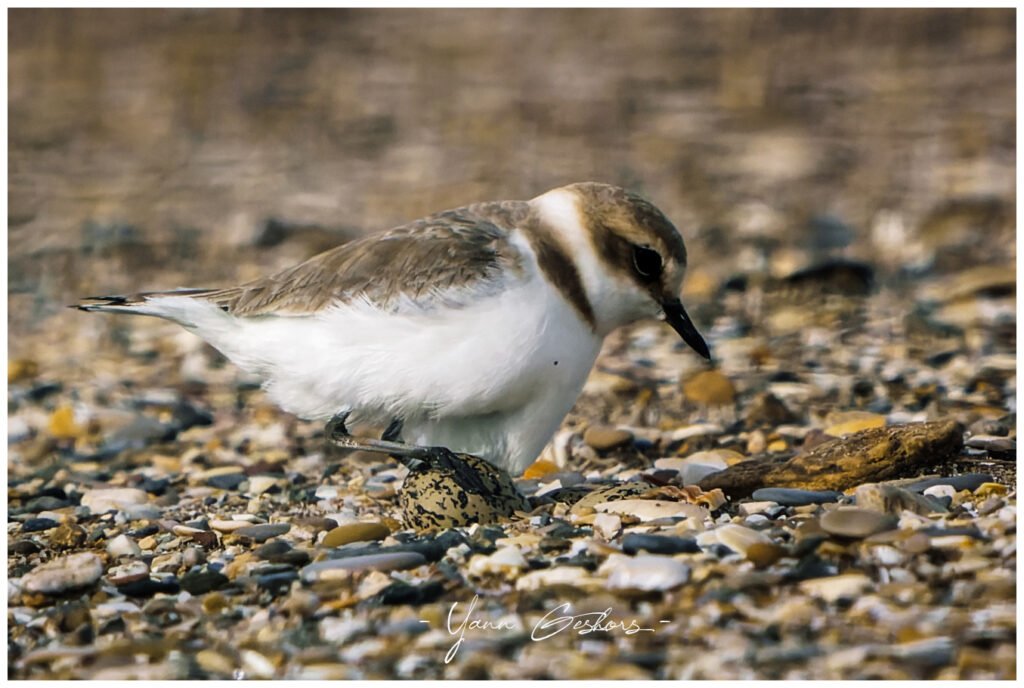It’s a very small bird, very pretty and not very tall: 15 cm at its featheriest and 40 grams! There are only 1,500 pairs left in France, which is not a large number for this species. Obviously protected. Where it gets a little worse is that it lays its eggs on the beach, building its nest directly on the sand, which exposes them to trampling by human activity.
“The eggs look like shells and are the color of sand, so don’t step on them.
They sometimes nest outside the perimeter, so don’t touch the eggs. Call +337 68 98 49 34 to secure the nest.
You would be committing an offence and could face 3 years’ imprisonment and a €150,000 fine. Art L411-1 and L415-3 of the French Environment Code.

